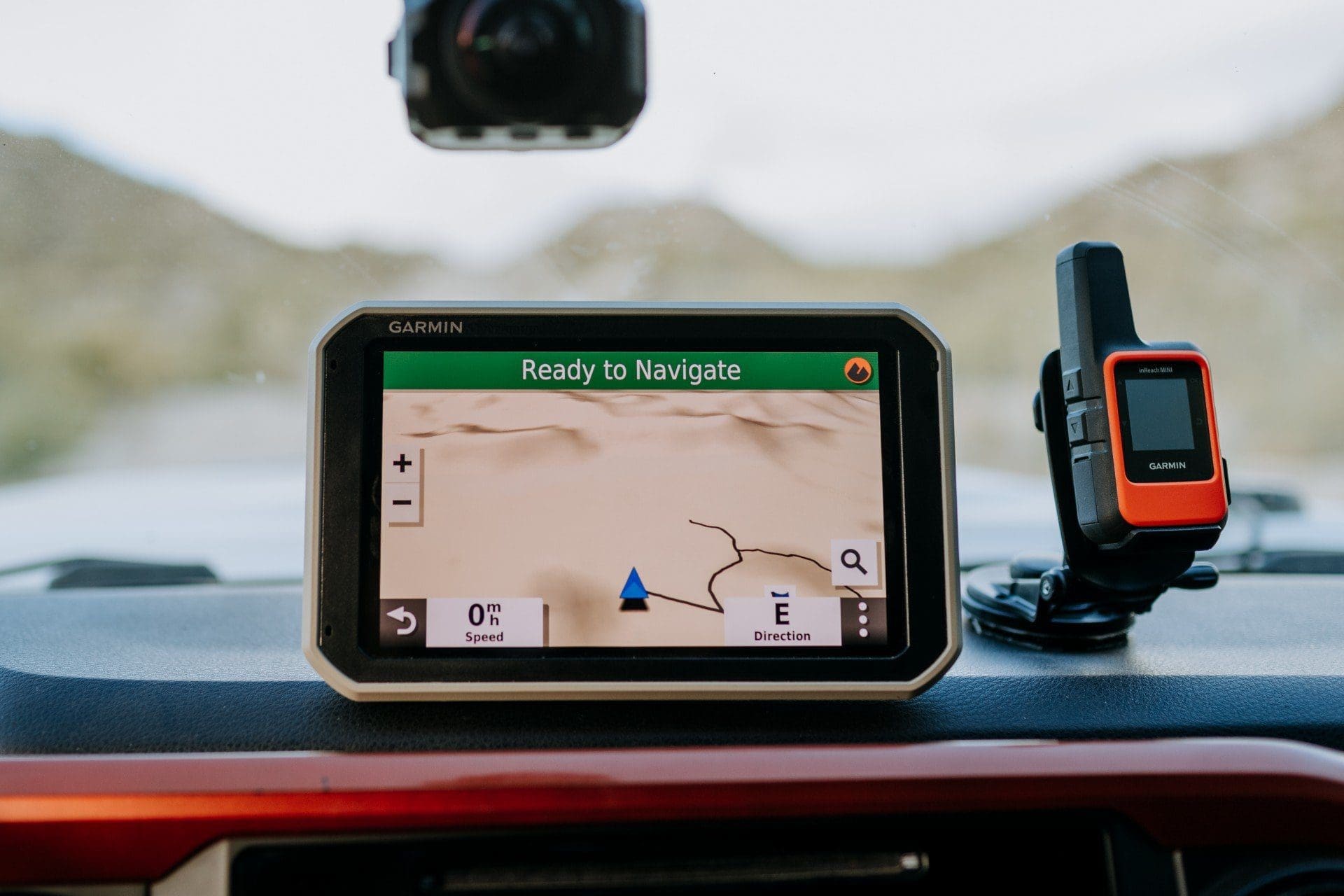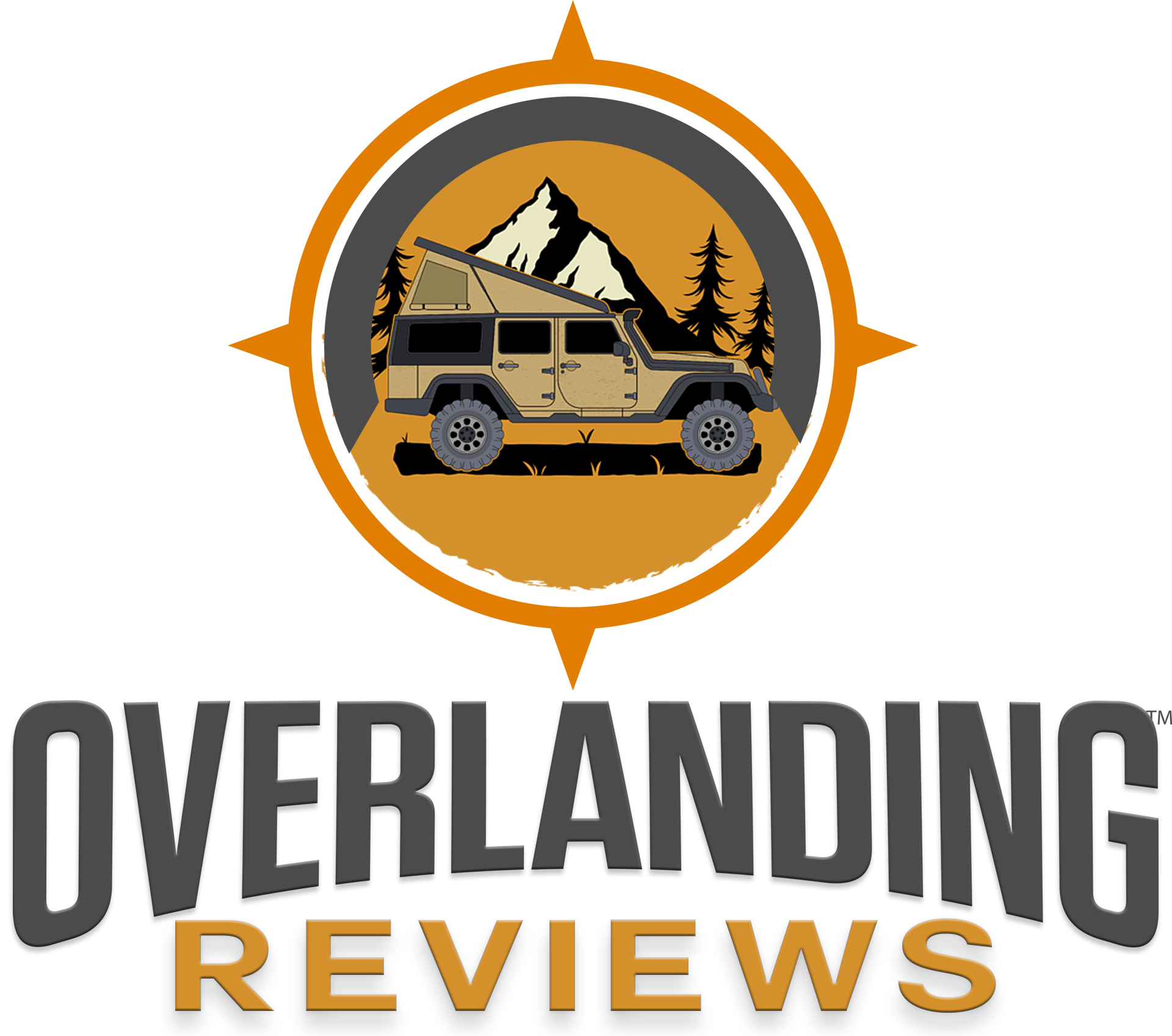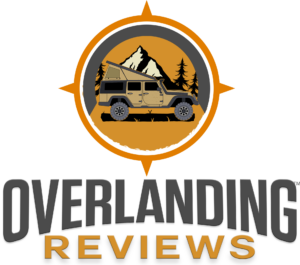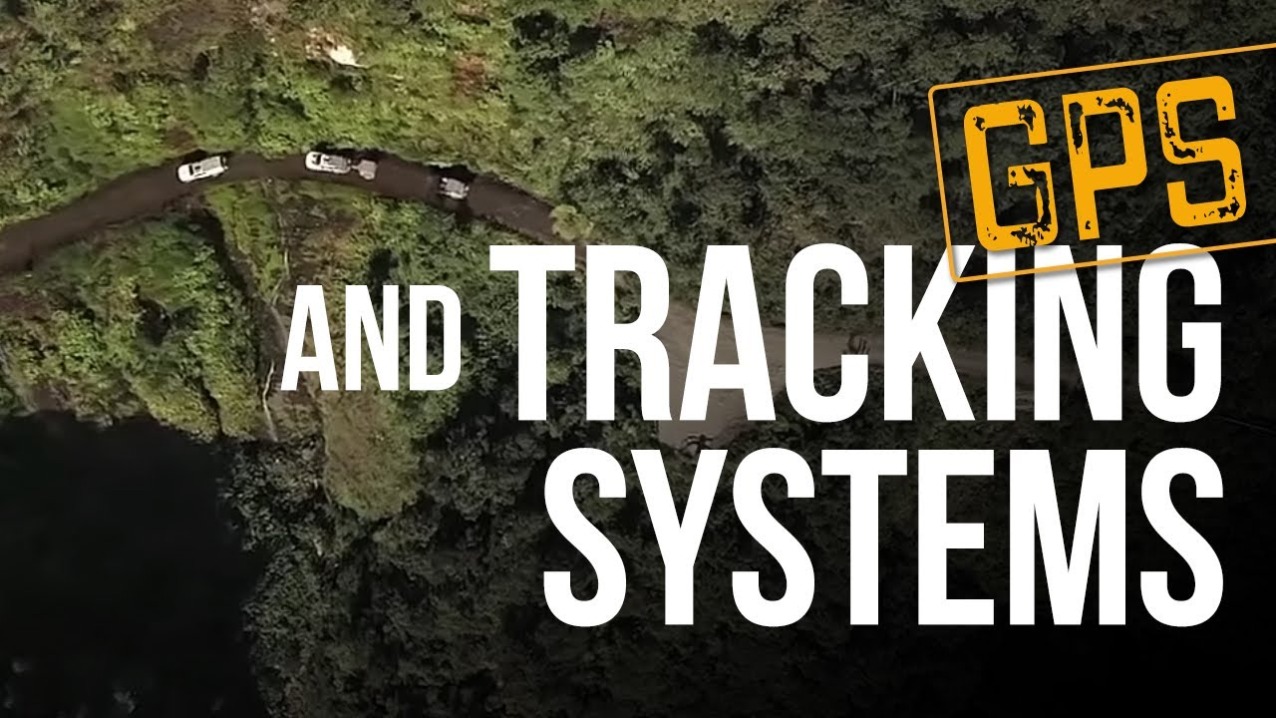GPS AND TRACKING SYSTEMS
Knowing where you are and where you’re going is imperative to any overland adventure. This is where tracking devices and satellite communication technologies come into play in a big way. These systems can be easy to overlook, but it is important not to underestimate the importance of GPS and tracking devices because, to be frank, this stuff could save your life.
We’ve utilized some form of satellite communication, GPS and tracking during every trip since Expedition Overland’s inception. From cell phones to SPOT beacons, satellite phones and the Garmin Overlander™ All-Terrain Navigator, here’s what we’ve learned after a decade of using GPS and tracking systems for overland travel.
TRACKING SYSTEMS
There is a distinction to be made between tracking and communications. Tracking devices indicate where you are in relation to the terrain around you, whereas communication devices allow for back and forth relays of information through talking or texting. We believe that each system individually is incomplete for global overland travel, so we always pair up tracking and communication devices, or use ones that offer both features simultaneously.
The most basic tracking device is likely already in your pocket: your smart phone. Many smart phones include GPS tracking so you can see where you are on a map. Mapping apps are quite reliable these days, and if you are in an area with cell phone reception, this is a straightforward and inexpensive option. This goes for tablets and iPads as well. However, radio signals, repeaters and cell towers are oftentimes not available in remote areas of the world, so cell phones and tablets can be ineffective for communication in these situations.
Throughout South America we used SPOT beacons to track all three trucks. Make sure to install them on your vehicle with a clear view of the sky (they use the Globalstar satellite system), and they’ll operate for as long as the battery works and your subscription is paid for. SPOT beacons worked very effectively for us, but again, there was no way to communicate with them.
Prior to the launch of the Garmin Overlander™ All-Terrain Navigator, our team used the Garmin Montana GPS. This device’s GPS software uses satellite signals to extrapolate real-time locations back on earth. While the Overlander™ is now our go-to GPS device for exploration, we do not use it for communication, but pair it with the Garmin inReach Mini for comprehensive tracking and communication purposes.

COMMUNICATION
A great quote by Norman Allen reads: “Skill in the art of communication is crucial to a leader’s success. He can accomplish nothing unless he can communicate effectively.” While this is definitely the case in a team environment, it is even more imperative to ensure the health and safety of whomever you’re traveling with. For this, communication devices are essential.
Our go-to communication devices include Garmin’s inReach Mini, a good-quality satellite phone, and for motorcycle trips, the new Garmin Tread™ powersport navigator.
GARMIN INREACH MINI
The beauty of the inReach Mini is its ability to connect with your cell phone – which you likely already have in your pocket! It also pairs with the Garmin Overlander™ All-Terrain Navigator, if you happen to have one. The inReach Mini device allows you to transmit and receive texts, call for help or deliver messages, even if it’s just to let mom know you’re having a great time and will see her in three days. It’s an incredibly effective tool.
This inReach device uses the Iridium Satellite Network which, in our experience, remains the best out there. We also appreciate that users have access to weather information. We’ve used this feature a lot.
Because the inReach Mini offers both tracking and communication functions, for us, this device completely overrode the need for a SPOT beacon. While the price point is higher, it is a multi-functional and reliable way to communicate in emergency situations. In our opinion, that’s worth it.
If you took a peek inside every Expedition Overland truck, you would see that each inReach is plugged directly into the vehicle’s electronic system via a Marine Bundle 12V power system. We prefer this to using USB ports because USB real estate is really important (especially with a big team on board!), plus the device just sits happily on the dashboard at full charge all the time. No need to play switchboard in order to charge up the device when power is running low.


